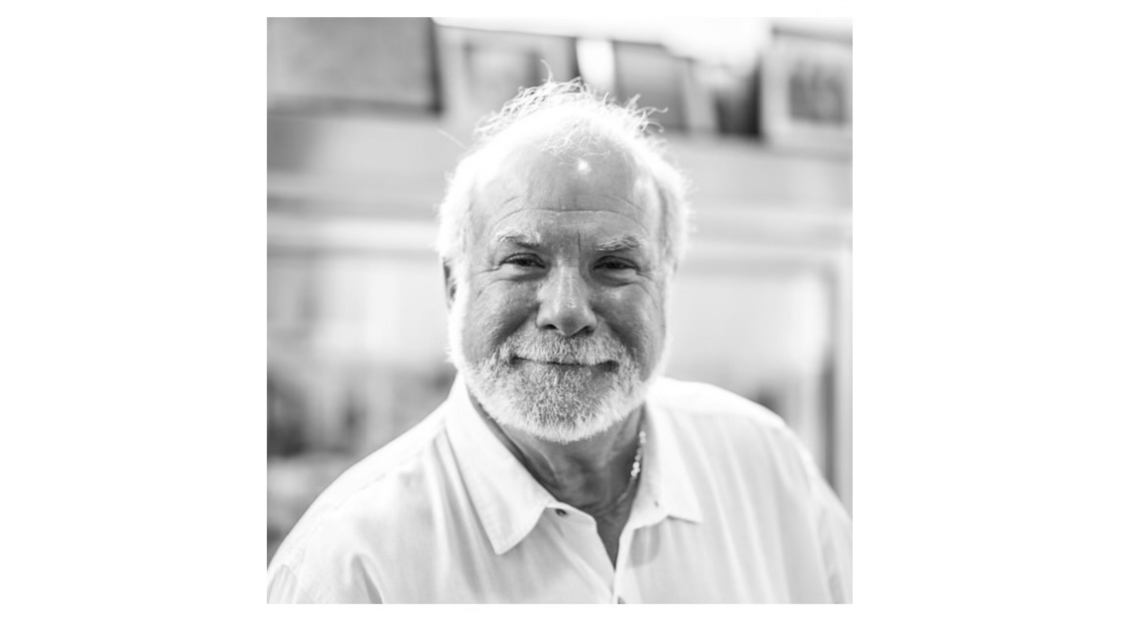In honor of Chad’s many contributions to our field we decided to reprint our review of his book on research with offenders. This work was a culmination of his Ph. D. research as well as his many years studying psychoanalytic therapy. In addition to the research, the work contains a useful presentation of that therapy.
Chad Breckenridge, one of our own, served as past president of the Minnesota Society (MSCSW) and as president of the national organization. In this research and publication, he has tackled an important question for our field. Can an individual who has suffered failures in early development that result in violence, develop a capacity for empathy and in doing so grow in their capacity to live a better life? Can an individual appreciate the nature of his acts and change sufficiently to express this to others?
In this work, Chad brings together theories and concepts related to the development of empathy, discusses the consequences of the failure to develop such, and explores the process of empathy restoration. Restorative justice is presented not as an intervention or program, but as a philosophy that states that crime “affects individuals and communities thus its focus needs to be a victim/offender” encounter. All are harmed, thus all should be involved in the response to the crime. The intervention consists of mediation dialogue between all harmed parties. The goal is to produce a sense of “healing” and movement toward a sense of “closure” for all involved.
Chad presents attachment and child development theory, that reminds us that the sense of self is dependent on a relationship marked by attunement by a caregiver who recognizes the frustration of the infant and intercedes when needed. H discusses the work of Sroufe, Bowlby, Stern, and Fonagy, all of whom speak to the need for an empathic caregiver to set the stage for the internalization of self-regulation and a sense of agency. Secure attachment is vital to acquiring the ability of self-reflection, a sense of history, and healthy defensive strategies. When an infant is unable to foresee positive caregiver responses the evolved defenses will interfere with self-awareness, reflection, and a consolidated sense of self.
Unresolved grief and mourning are cited as major contributions to disorganized attachment as they create a vacuum and drain the person’s developing resources. Completing the mourning process frees up the past, appropriates what is useful, and creates a fresh way to move forward with these new meanings. Caregiver loss or depression sets an internalized pattern and relationship style that affect behavior, morality, and empathy. Internal working models (Bowlby) are set in place that function outside conscious awareness and are resistant to change. Trauma theory is also examined as an etiology of criminal behavior and is later in this work aptly demonstrated by the narratives. The authors referenced in this research speak to the hypersensitivity of victims, false self-presentation, limited mentalization, the need for repetition, and thus inter-generational transmission of trauma.
Trauma changes how the mind and brain, think, what they think about, and the ability to think. Of note to me was the Grotstein quote.
“Trauma … is a reality that happens before one can imagine it.”
In his chapter, “Criminology, Violence, and Restorative Justice”, Chad examines the driving forces behind the impulsive action of violence. Even knowing the reality of the consequences of these actions, violence still looms as a way to gain a sense of power or agency. The criminal can feel less helpless and more autonomous than especially his/her early life provided and maybe even their present one. The act of committing a crime can be stimulating, addictive, and enlivening. Shame is felt by some to be the major underlying cause of violence. A recipe for violence might be the lack of a rewarding economic or social achievement and a lack of the emotional capacities of love, quilt, and fear that protect one from a sense of shame.
All of the above theories point to an individual’s “inability to mentalize,… to have empathy…and a sense…of the consequences of the actions for themselves and others.” Thus they may dehumanize their victim, seeing them as objects, especially in highly charged situations. This will be aptly demonstrated by Chad’s narratives of trauma, violence, and restoration. He has described in detail eight narratives whose perpetrators have varied stories and equally varied results from the intervention. I have chosen the person depicted in the chapter, “The Village”.
Johnny thought he was participating in a “foolproof” crime, robbing a drug dealer. It didn’t go as planned, a mother and father were shot while a little boy was in an adjacent room. The mother died immediately while the father suffered massive injury and was disabled. Johnny would not allow the child to be murdered, arguing he wouldn’t be able to identify them. He barricaded the child so he wouldn’t see the bodies and gave him a Popsicle. Johnny received a life sentence but was paroled after 10 years. The child, Adam, was raised by his grandparents. Adam evidenced multiple problems and received therapy as a child. When approached to participate in the mediation process he stated he would like to “sit down and talk with the man who had “saved me.”
Chad presented his extensive interview with Johnny, his parents, Adam, his grandparents, and the officer who arrived on the scene. On conclusion of the process, Adam said, “I felt better than what I did when I came in. Because I got my questions answered and I felt about the things because I know what happened and all kind of stuff.” In regard to his feelings about Johnny, he said, “Well I sort of like him now better than what I did….It’s just after the meeting, my mind just changed about him. Chad’s discussion points out that avoiding the subject of the violence, in this case, did not aid the victim. Rather discussing the frightening material facilitated the mourning the individuals struggled with. Both victim and offender were able to resolve inner conflicts and reach a new openness to life.
I have to echo the words of the author. “Restorative justice seems to be the quintessential social work intervention, as it takes place in a relationship-focused activity that enhances reflection and introspection while having considerable social network ramifications.”
Congratulations to Chad on the completion of years of work culminating in the publication of this valuable contribution to psychotherapy.




